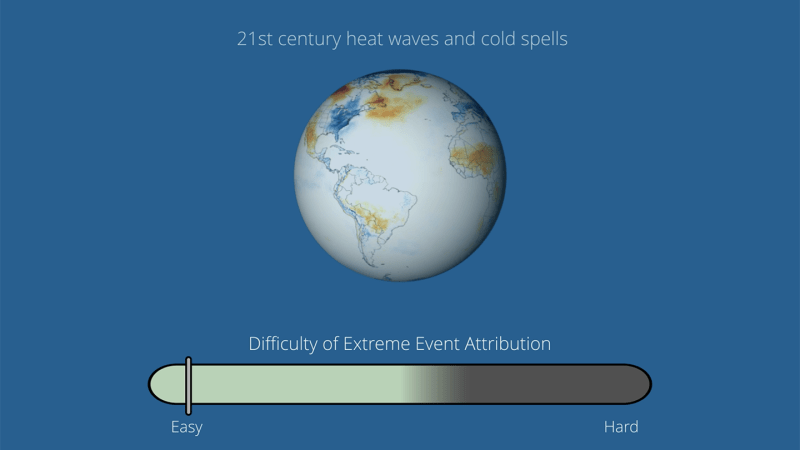
Extreme Climate Survey
Scientific news is collecting questions from readers about how to navigate our planet’s changing climate.
What do you want to know about extreme heat and how it can lead to extreme weather events?
Scientists can then see whether a specific weather event is more likely or severe in the real world than it would have been in a world without climate change.
Another technique uses computer models to recreate specific weather events.
For example, they can simulate how powerful a hurricane would have been if Earth’s oceans were slightly cooler. If the hurricane had not been so intense, this would suggest that all the added heat in Earth’s oceans from global warming made the real-life hurricane worse.
Hundreds of studies have investigated the role of global warming in natural disasters around the world. And many have found that climate change has made these events more likely or more severe.
Climate change tripled the risk of Hurricane Harvey’s record rainfall over Texas in 2017. It made Australia’s devastating wildfires in 2019 and 2020 at least 30 percent more likely. And in some cases, scientists have determined that a weather event would have been virtually impossible without climate change, such as a heat wave that cooked Siberia in 2020.
To do attribute studies like these, researchers typically need long-term weather data, models that can realistically simulate Earth’s climate in a given area, and a good understanding of the physical processes that drive extreme weather. This makes some types of extreme weather easier to study than others.
Heat waves are fairly easy to link to climate change because we have a lot of long-term temperature data from around the world and computer models simulate temperature well.
It is harder to spot the fingerprints of climate change in heavy rainfall events in many parts of the world because we have less long-term rainfall data and computer models have a harder time describing this weather.
Meanwhile, tornadoes are typically too small to be directly simulated with existing climate models.
And individual fires are particularly difficult to link to climate change because they depend on many non-weather factors, such as land management. Large parts of the world, including regions in Africa and South America, lack long-term weather data or region-specific climate models to make attribution studies.
So we need more data and better models to better understand how climate change is affecting the weather in those areas.
This type of research not only highlights how climate change is already affecting our daily lives, but can provide clues about the types of weather we should expect and prepare for as our world continues to warm.
#climate #change #due #extreme #weather
Image Source : www.sciencenews.org